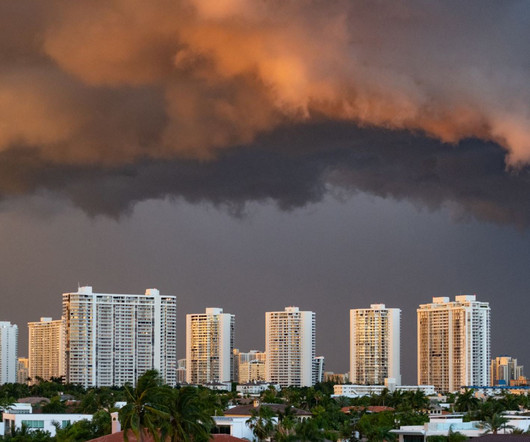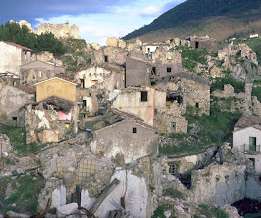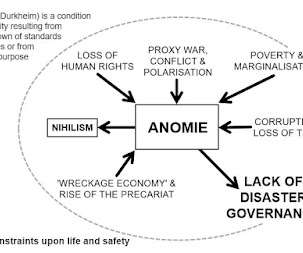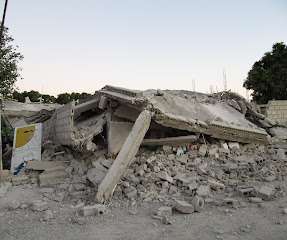Disaster Risk Reduction is not a Paradigm
Emergency Planning
JULY 5, 2019
It lacks the spatial dimension of the 1960s work of the geographers Torsten Hägerstrand (1968) and his colleagues, but it has all the other components. Sadly, a follow-the-herd mentality all too easily develops among researchers. Like any field of study, disaster risk reduction needs lateral thinking. Ismail-Zadeh, A.T.,



















Let's personalize your content